Smoked Out
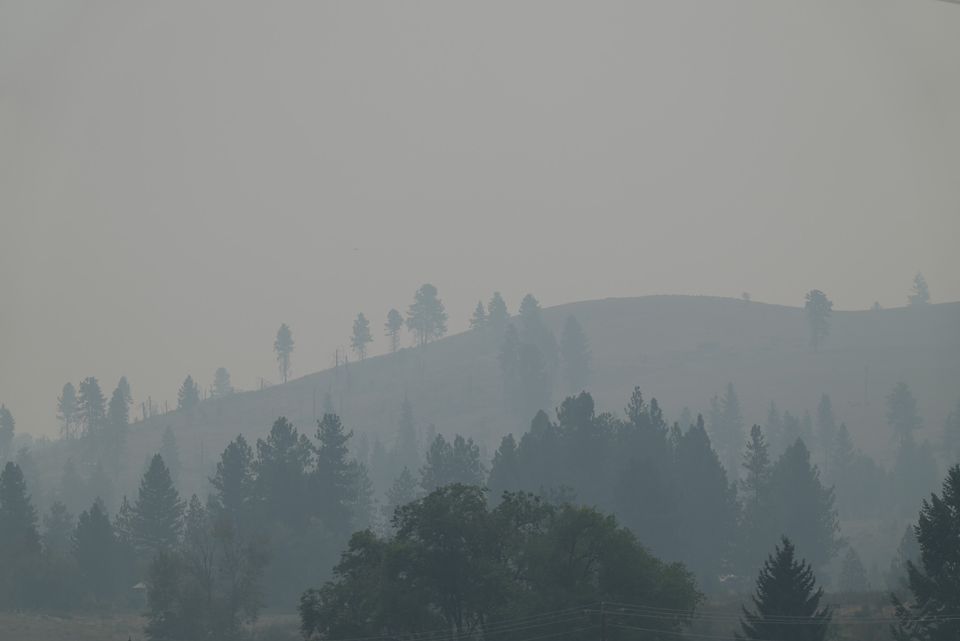
How often do we take the atmosphere, and the air we breathe, for granted?
Air is always present, and we breathe in the oxygen we need without thinking, so it's usually not something we pay attention to.
That is, until the air around us becomes filled with with smoke—and it becomes really difficult to breathe.
Sadly, it seems there are more and more wildfires every year, and more and more days when the air is thick with wildfire smoke. Unfortunately, summers now feel like a long parade of one horrific wildfire after another, and in recent memory I've gone through multiple summers when I couldn't even go outside for 1-2 months at a stretch because of the choking smoke.
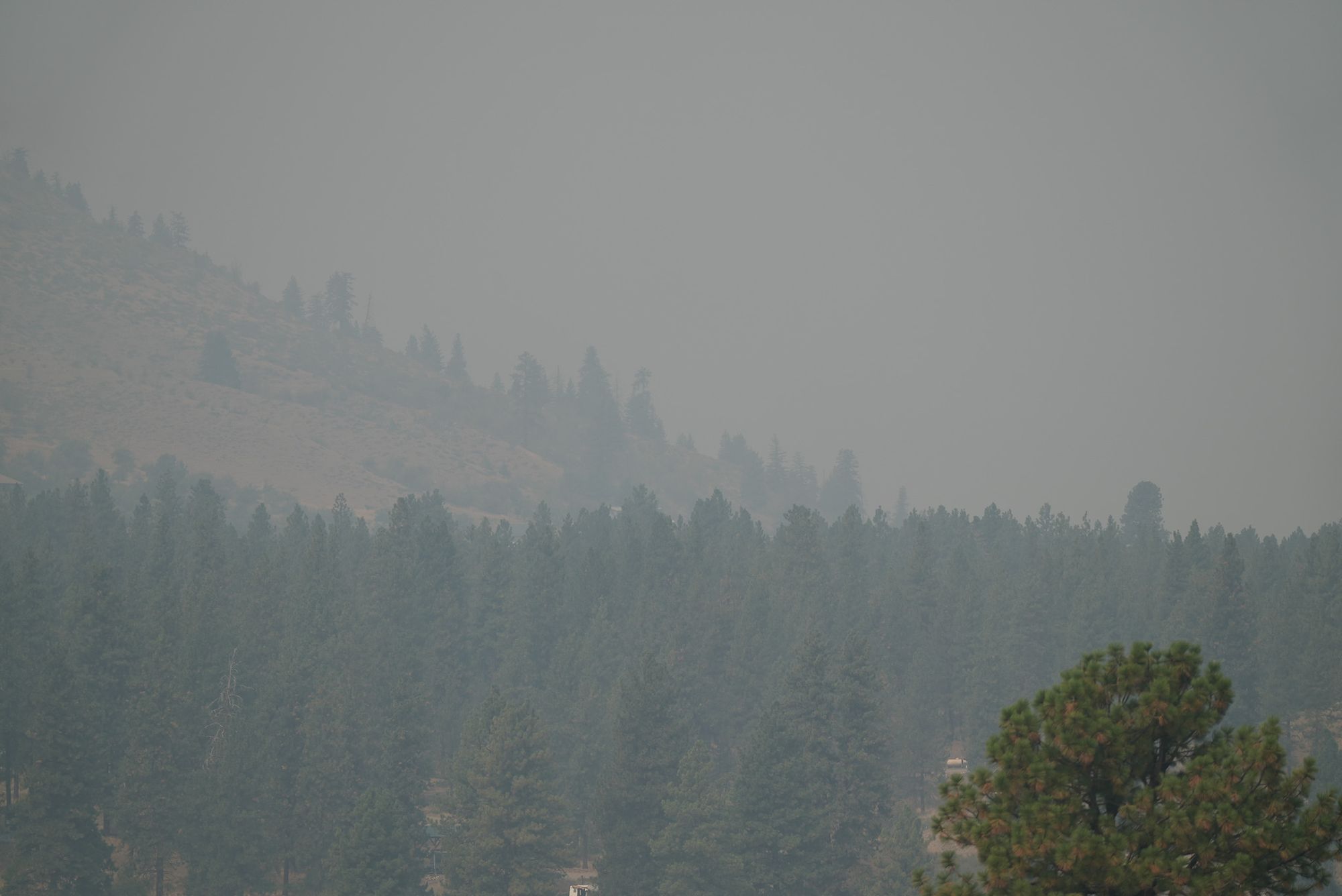
It is well known that wildfire smoke is dangerous to our health, but after spending the last several weeks inside my house with an air purifier running nonstop, I started wondering how wildfire smoke might affect the plants and animals that have to breathe the smoke 24 hours a day.
This turns out to be an interesting, and more nuanced question than I realized!
The impacts of wildfire smoke are relatively well studied in plants. One obvious impact is that smoke blocks the sun so it cuts down on the amount of sunlight available for photosynthesis.
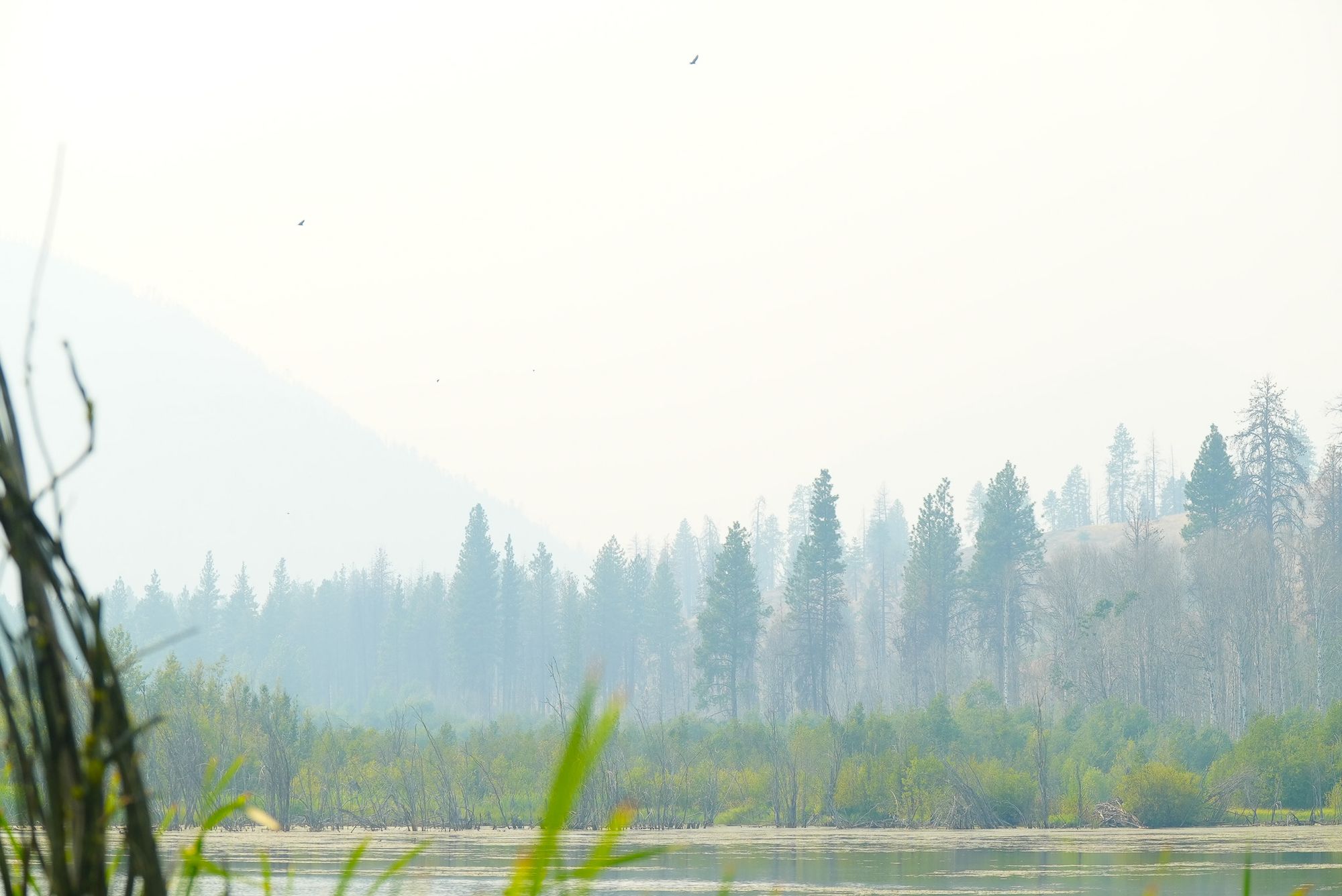
Less obvious is the fact that wildfire smoke actually diffuses sunlight more than it blocks it. On a bright sunny day, a plant's upper leaves receive nearly all the sunlight, while its shaded lower leaves receive little sunlight. But diffused and scattered sunlight spreads out and reaches leaves that are otherwise hidden, making photosynthesis more efficient for the plant.
Unfortunately, wildfire smoke also contains very high levels of ozone and aerosols (airborne particles and liquid droplets) that can significantly impact plant growth for hundreds of miles downwind from a fire.
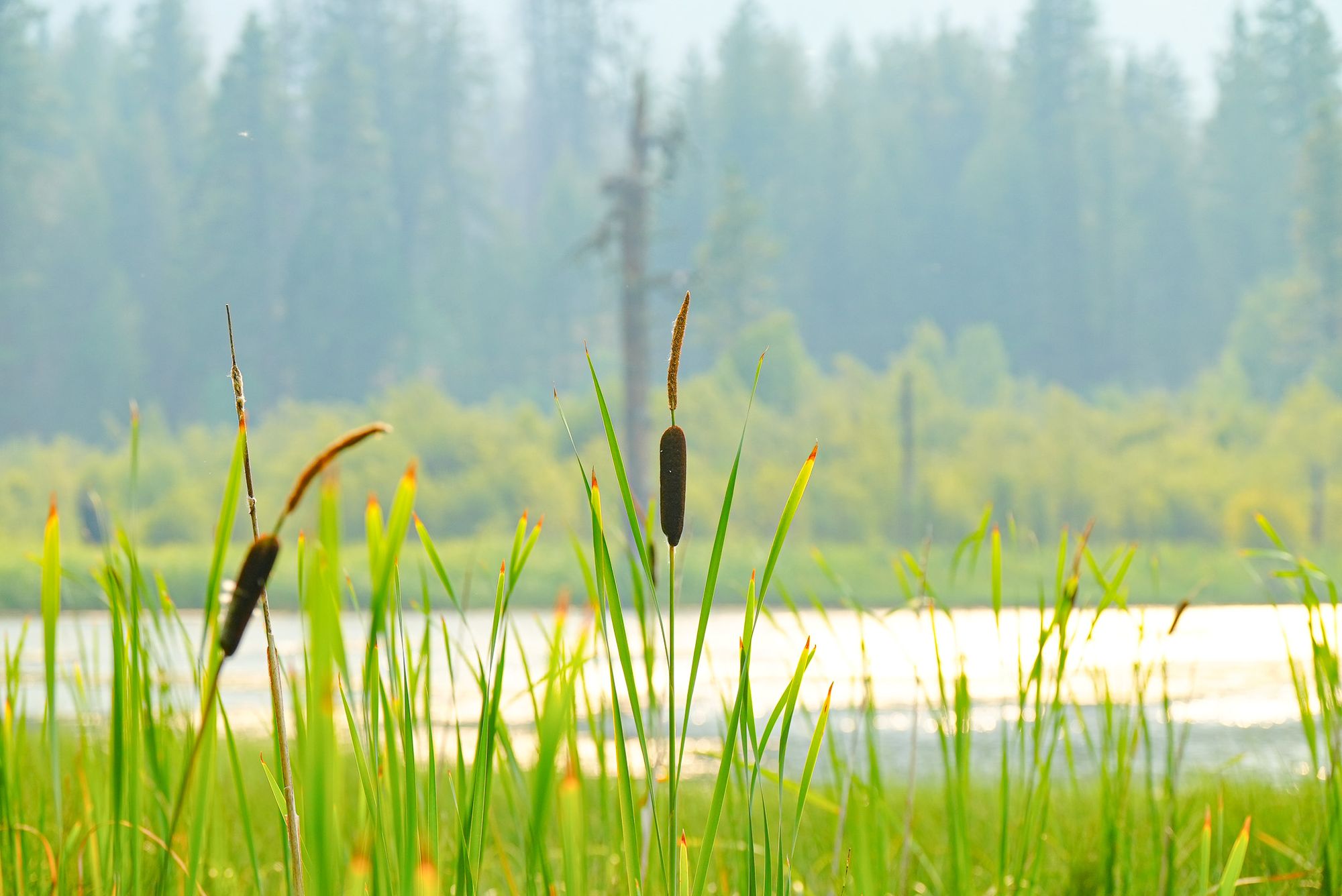
Surprisingly, much less is known about the impacts of wildfire smoke on animals. One massive survey of the scientific literature that was published in 2022 found only 41 studies that have looked at the impacts of smoke on animals, and nearly all these studies focused on mammals.
If wildfire smoke harms the health of humans, it makes sense that it would be equally harmful to all animals with lungs and mucous-lined respiratory systems.
In fact, it's been proposed that wildfire smoke is especially bad for birds because birds have extremely high metabolisms and supercharged respiratory systems that process tremendous amounts of air, which would concentrate any harmful impacts of that air.
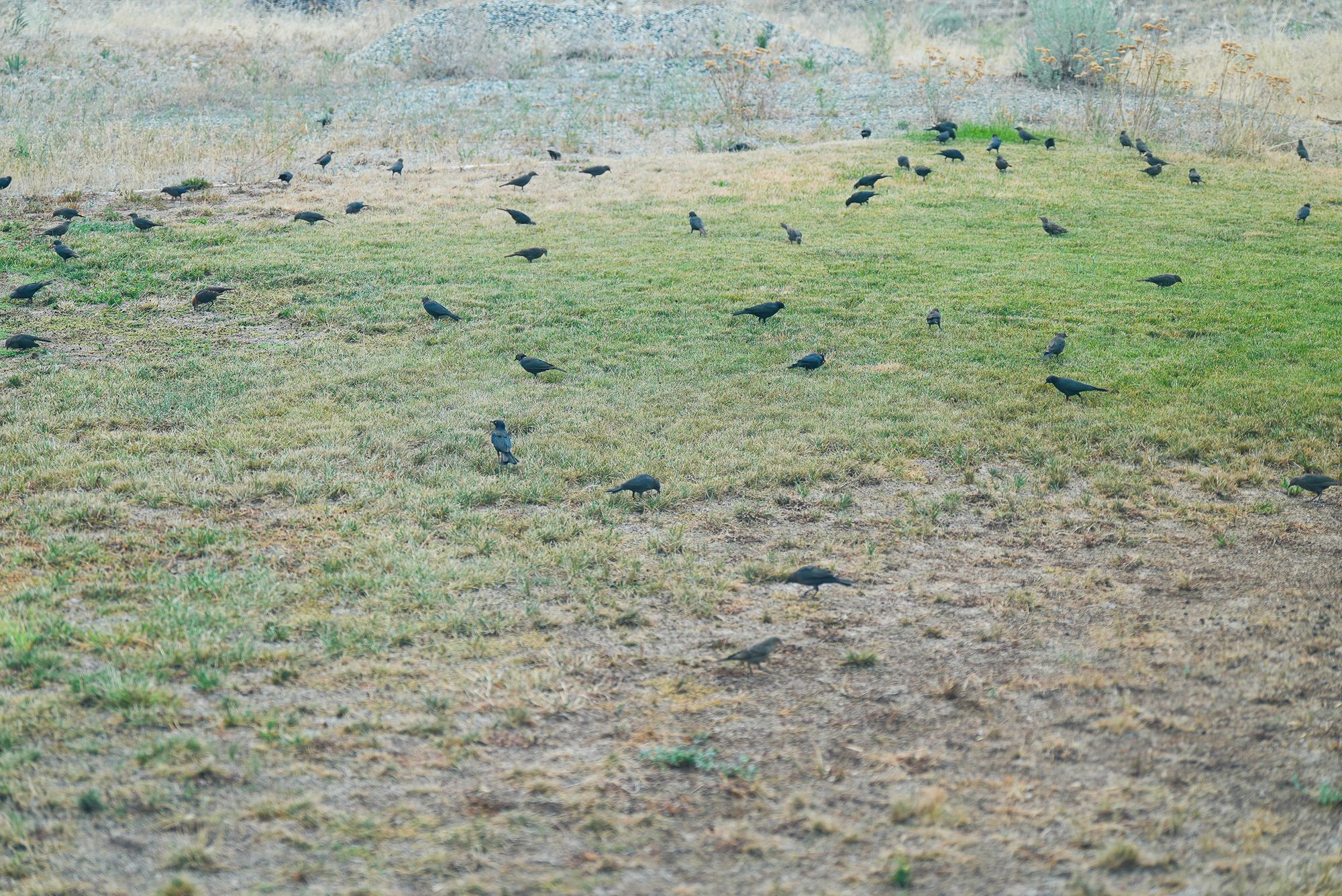
One of the major issues with wildfire smoke is that it contains thousands of individual compounds including particulate matter, carbon dioxide, carbon monoxide, methane, toxins, and volatile organic compounds that increase the risk of respiratory and cardiovascular diseases, cancer, and mortality.
Even more significantly, over 90% of the particles in wildfire smoke are smaller than 2.5 microns (50 times smaller than a grain of sand) which means they are small enough to pass directly from the lungs into the bloodstream.
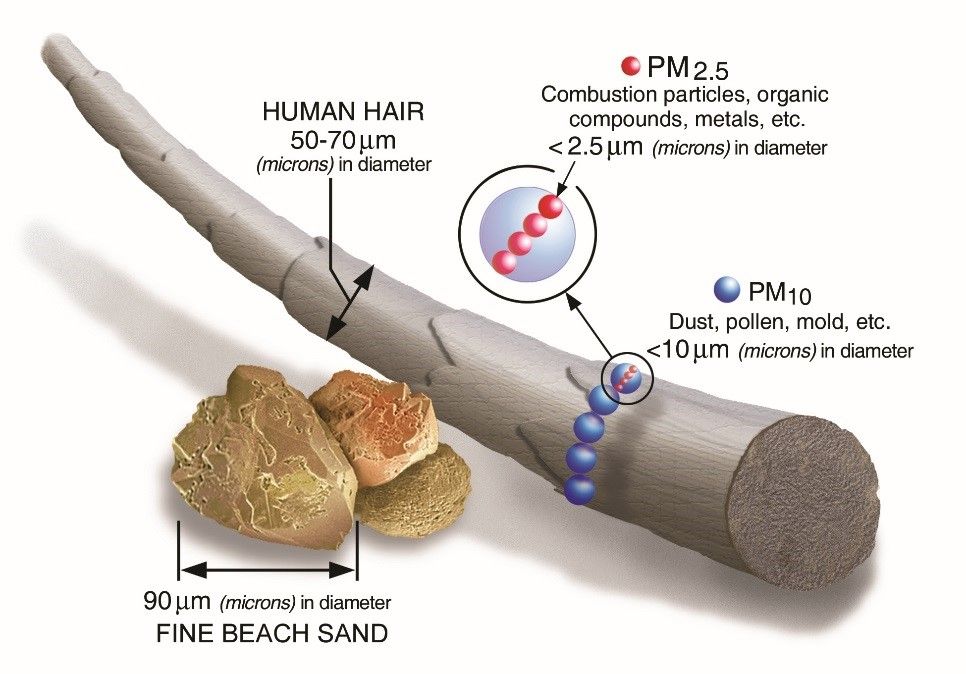
We can only imagine what might happen when the particulates and toxins in wildfire smoke enter our bloodstream but researchers have noted animals appearing listless when breathing smoke, and documented both inflammation and suppressed immune systems in these animals.
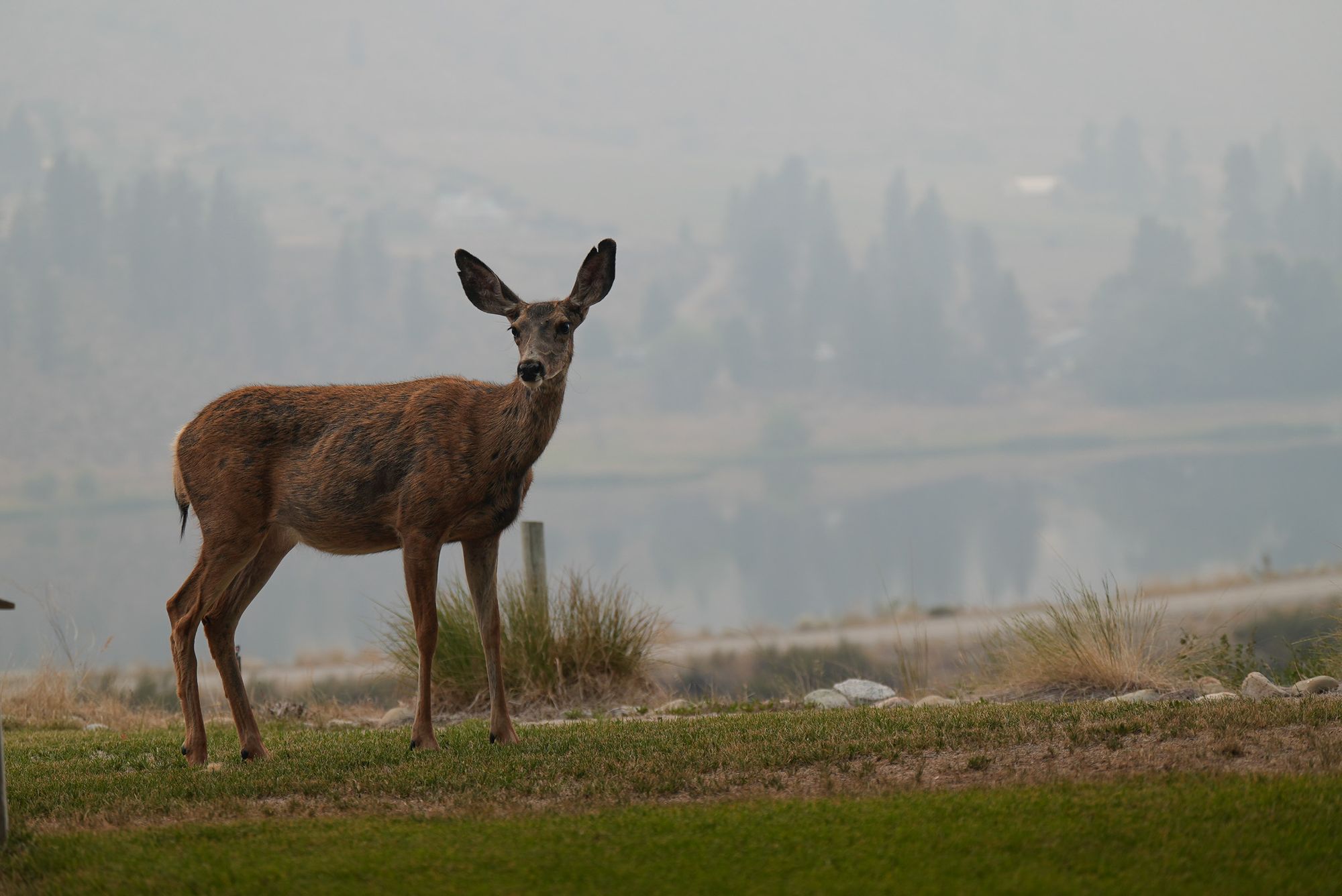
Most of us don't realize what is unfolding on a global scale because our daily news cycle focuses almost exclusively on massive wildfires that occur in North America and Europe.
Did you know, for example, that over a recent ten-year period, two-thirds of the fires in the world occurred in Africa, with 38 times more acres burning in Africa than in North America? I don't recall reading a single story in the news about those fires!
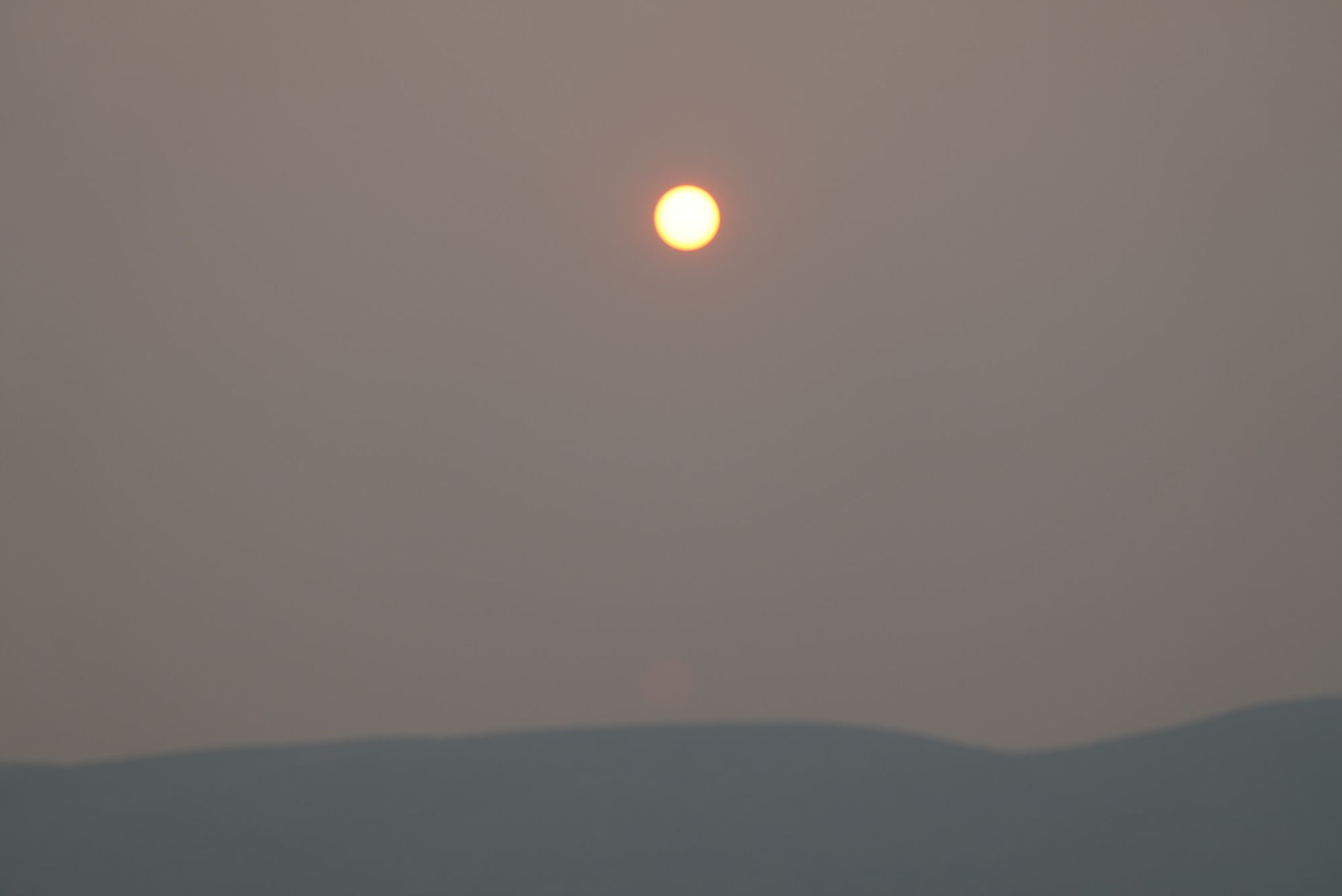
Ultimately, this is a big story, and it seems that the planetary scale and impact of wildfire smoke is something we should be talking about. What do you think?
Another angle to think about:
In response to this newsletter, one of my subscribers generously shared a fascinating article with me. This article talks about how scientists are discovering that smoke plumes from wildfires serve as conveyor belts for fire-adapted microbes! That's a big wow!
Member discussion